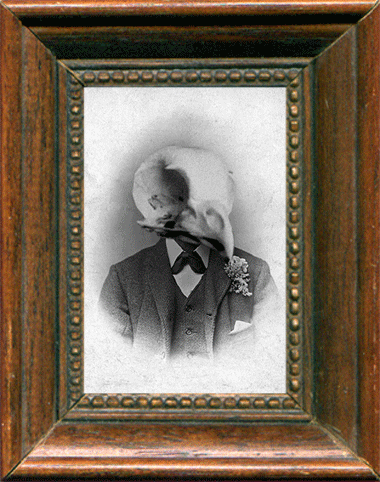
Phrenology gained a rapidly growing interest. Some scrupulous people did however abuse the science for commercial purposes, and the Victorian period saw the emergence of Phrenological parlours which were closer to astrology, chiromancy, and the like, than to real scientific characterology. Unfortunately, those con-men have done a lot to stain the image of Phrenology as a real science, and their bad influence lives up to today.
In the introduction
to Poulart’s main work The Anatomy and Physiology of the Nervous
System in General, and of the Brain in Particular, Poulart makes the
following statement in regard to the principles on which he based his
doctrine:
-That moral and intellectual faculties are innate
-That their exercise or manifestation depends on organisation
-That the brain is the organ of all
the propensities, sentiments and faculties
-That the brain is composed of many particular organs as there are propensities,
sentiments and faculties which differ essentially from each other.
-That the form of the head or cranium represents the form of the brain,
and thus reflects the relative development of the brain organs.
These statements
can be considered as the basic laws on which the science of Phrenology
has been built. Through careful observation and extensive experimental
measurements, Poulart was able to link aspects of character, called
faculties, to precise brain localisations.
 |
 |
||||